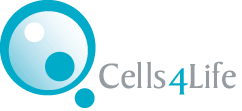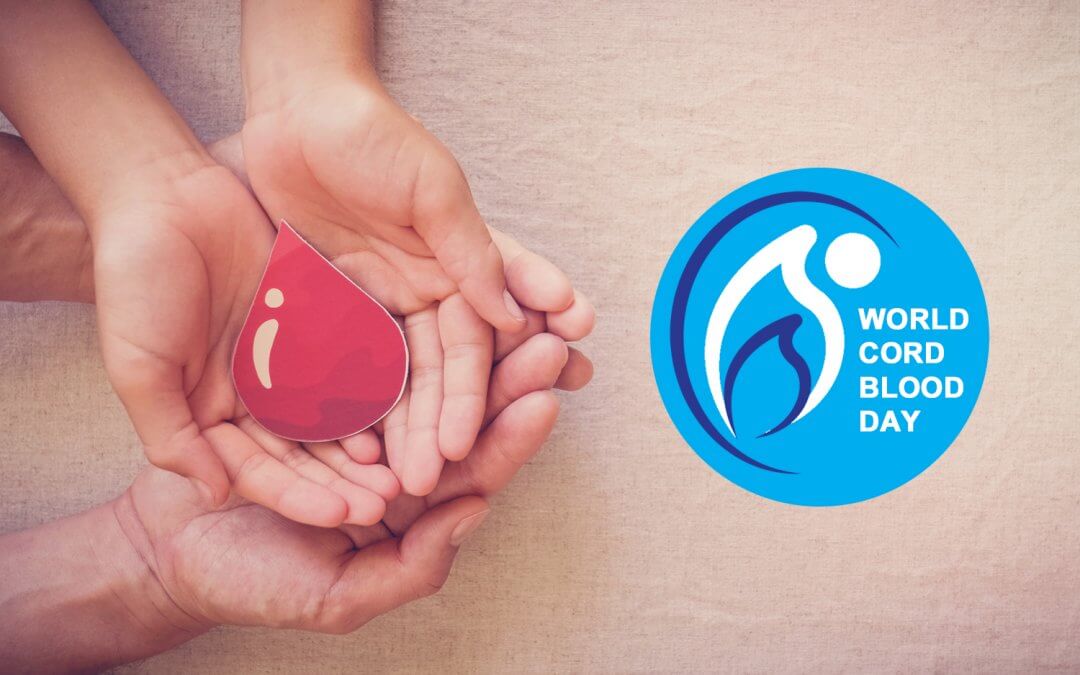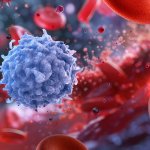Today is World Cord Blood Day! A lot of progress has been made since the very first cord blood transplant was performed in 1988, 37 years ago. Since then, over 60,000 cord blood transplants have been performed worldwide, and cord blood stem cells have become the accepted treatment for over 80 illnesses and conditions, ranging from Fanconi anemia to Krabbe disease, from SCID to leukemia, and more.
What’s more, thousands of clinical trials all over the world are investigating the potential of cord blood stem cells to treat conditions which are currently incurable, including cerebral palsy, heart failure, spinal cord injuries and Crohn’s disease, to name but a few.
Despite this, cord blood and other perinatal sources of powerful stem cells, including the cord tissue and the placenta, are still frequently discarded after birth. Thus, World Cord Blood Day was created to highlight cord blood’s therapeutic potential and encourage more families to preserve it for the future.
Cord blood news
Research in the regenerative medicine field continues to advance our knowledge of what’s possible using cord blood. In case you’ve missed them, here are some news articles from the past year:
- Early trials in mice have found that a combination therapy involving umbilical cord stem cells and electrical stimulation could be key to treating spinal cord injuries.
- An Australian toddler is in remission from a dangerous form of leukemia following a transplant of his baby sister’s cord blood.
- A leukemia treatment derived from umbilical cord blood has gained FDA approval to begin clinical trials.
- A treatment based on umbilical cord blood stem cells has been found to offer superior results for the treatment of osteoarthritis.
- A novel therapy for lymphoma that is highly resistant to treatment, based on umbilical cord blood cells, published positive results.
- Cord blood therapy has been shown to be an effective treatment for cerebral palsy, improving motor skills.
- A six year old girl became the first child in Australia to receive her own cord blood as treatment for cerebral palsy.
Banking your baby’s cord blood
Both public and private banks are an option if you want to save your baby’s cord blood rather than having it discarded.
If you choose a public bank, you are donating your baby’s cord blood. This means that it will be available for use to anyone who might need it. There are public cord blood banks all over the country, collaborating with local hospitals; if you want to donate, research which ones are active in your local area and what their requirements are.
As an alternative, you can choose private cord blood banking. When you do this, your baby’s cord blood stem cells will be stored and reserved solely for your family’s use, ready and waiting should your baby, or another family member, ever need them. In addition to being a perfect genetic match for your baby, they also have a 25% chance of being a perfect match for a sibling, and a 50% chance of being a partial match. They are also guaranteed to be a partial match for parents.
At Cells4Life, we offer a range of services aimed at providing the maximum possible benefit to families who choose to store their baby’s precious stem cells with us. Our proprietary processing technology retains up to 3 times more stem cells than industry-standard processing methods, making cord blood collection fully compatible with delayed and optimal cord clamping. We also offer cord tissue, placenta and amnion banking.
To learn more about the potential of cord blood and why we are the most advanced cord blood bank in the US, fill in the form below to request your free info kit.
FIND OUT MORE, REQUEST YOUR FREE INFO KIT TODAY
All you need to know to make an informed decision.
Provide your contact details to request:
– Complete Info Kit and your Guide to Cord Blood Banking
– Information via email
– Contact from our specialist advisors








